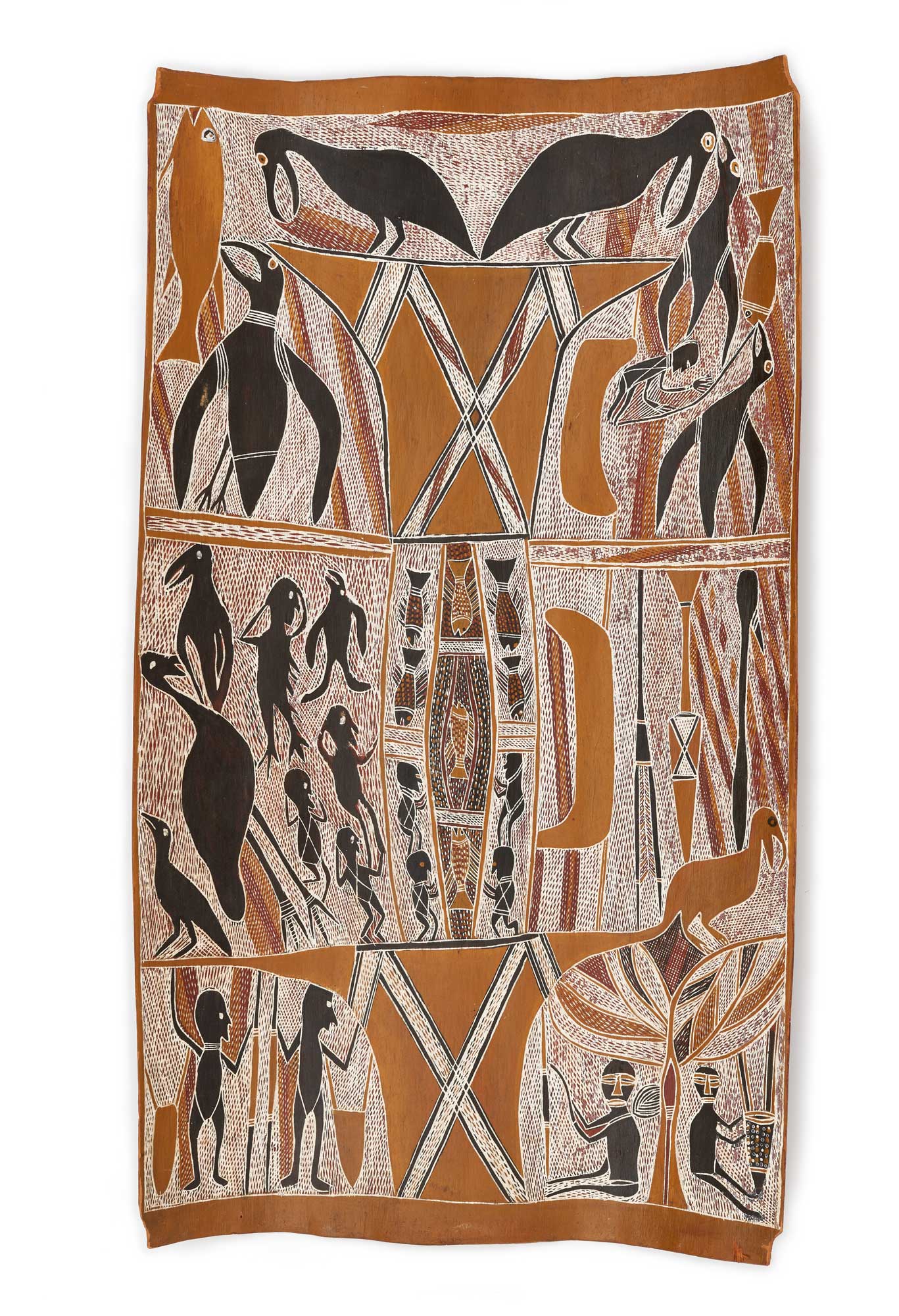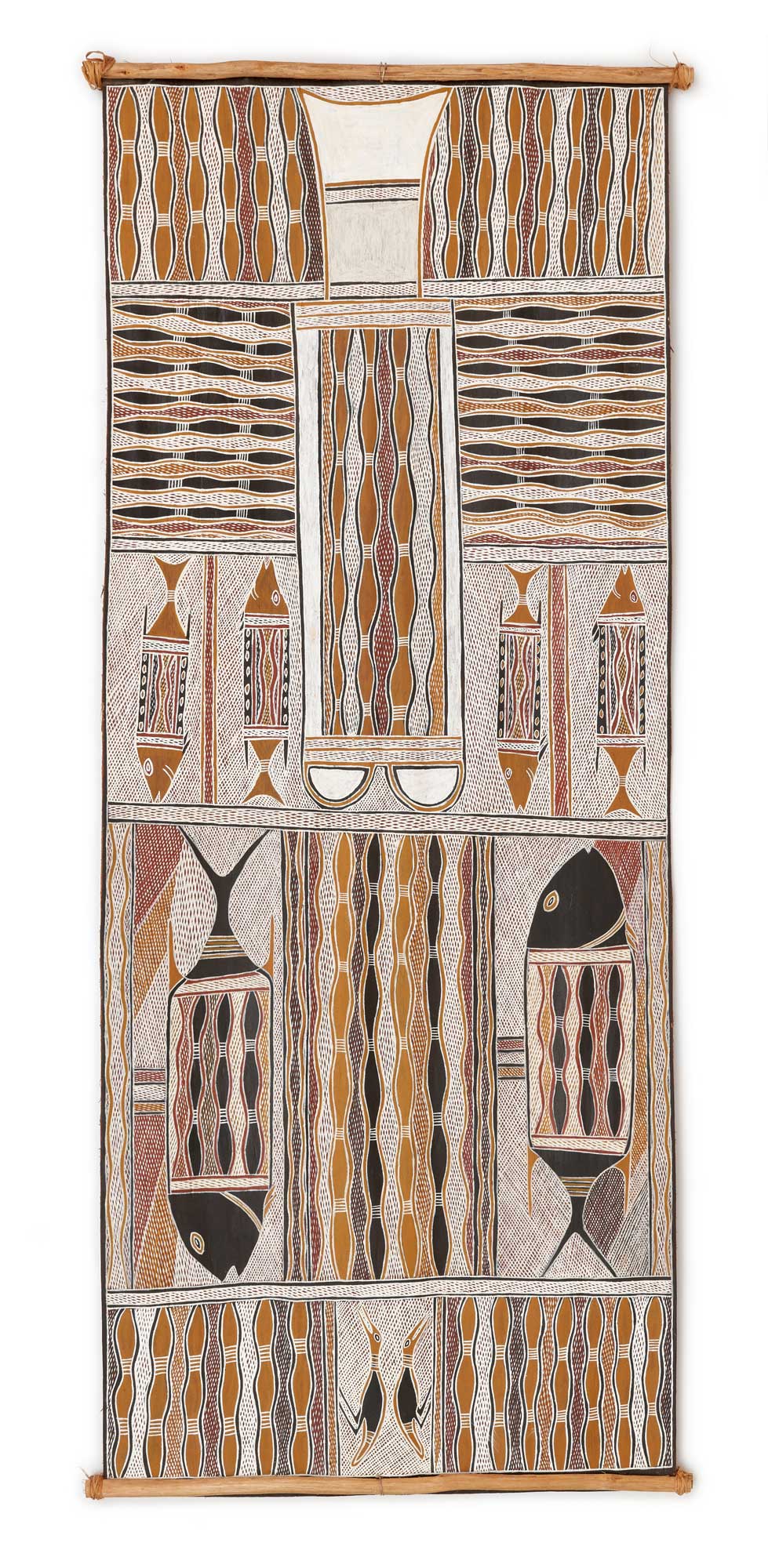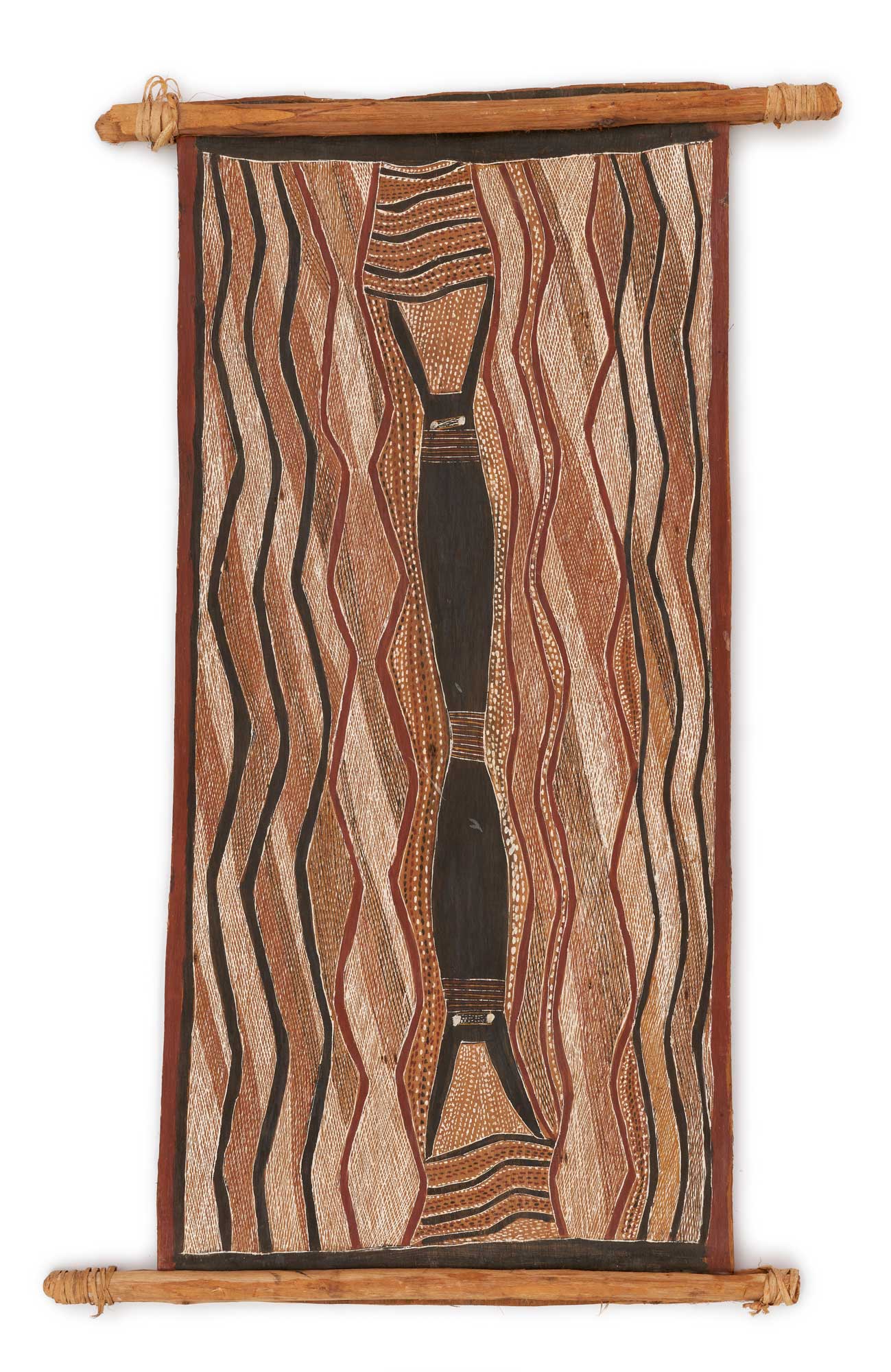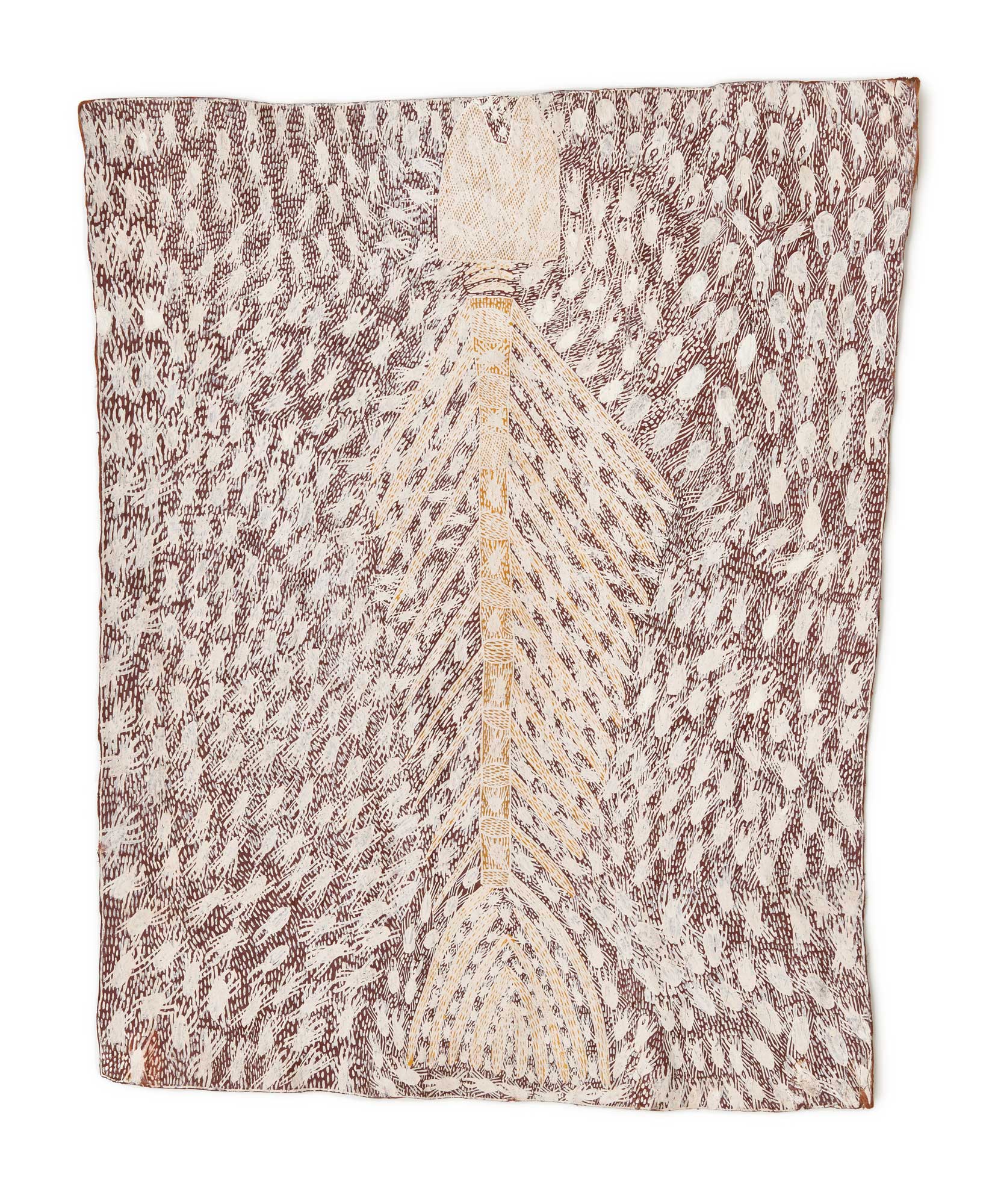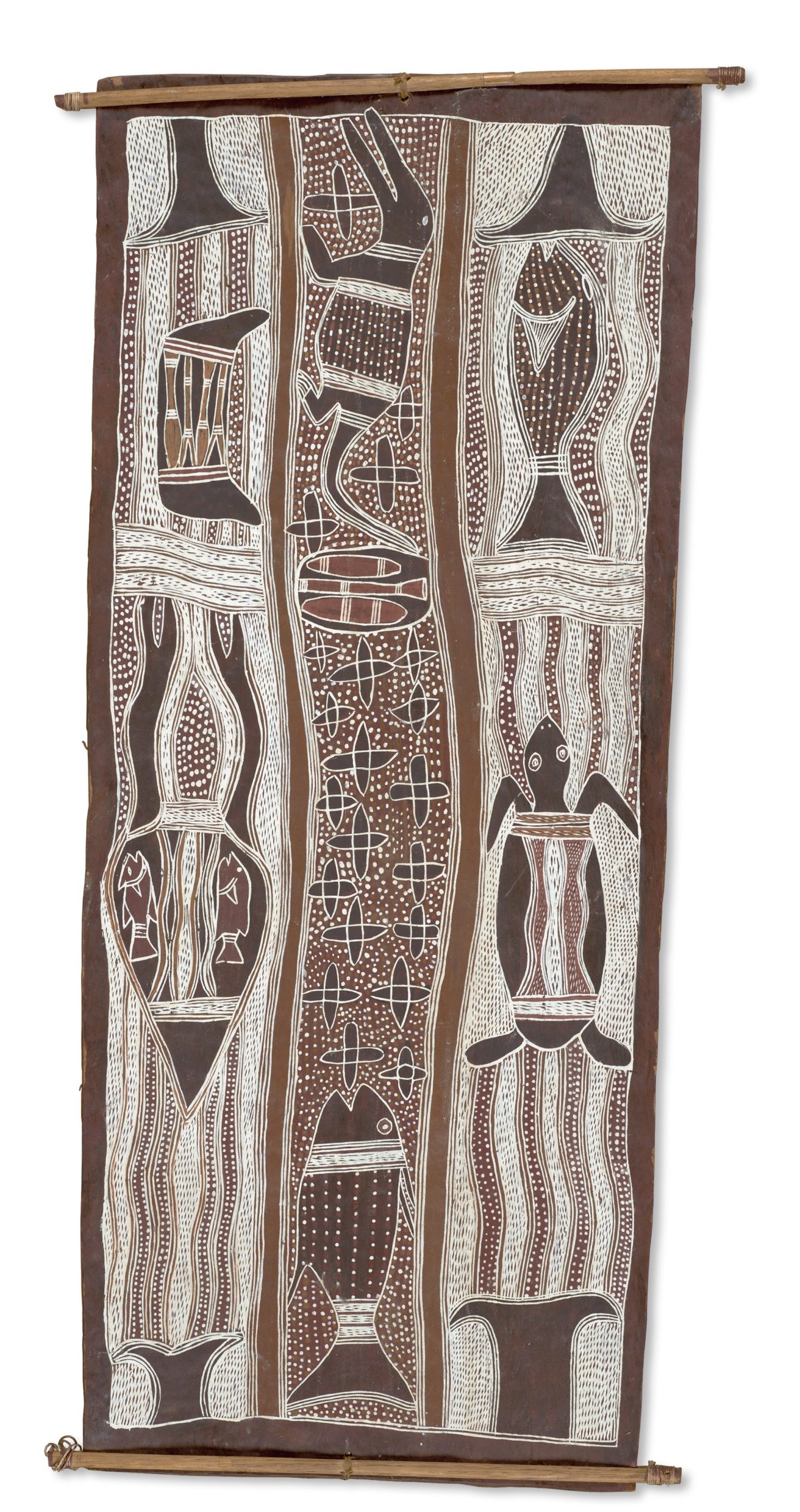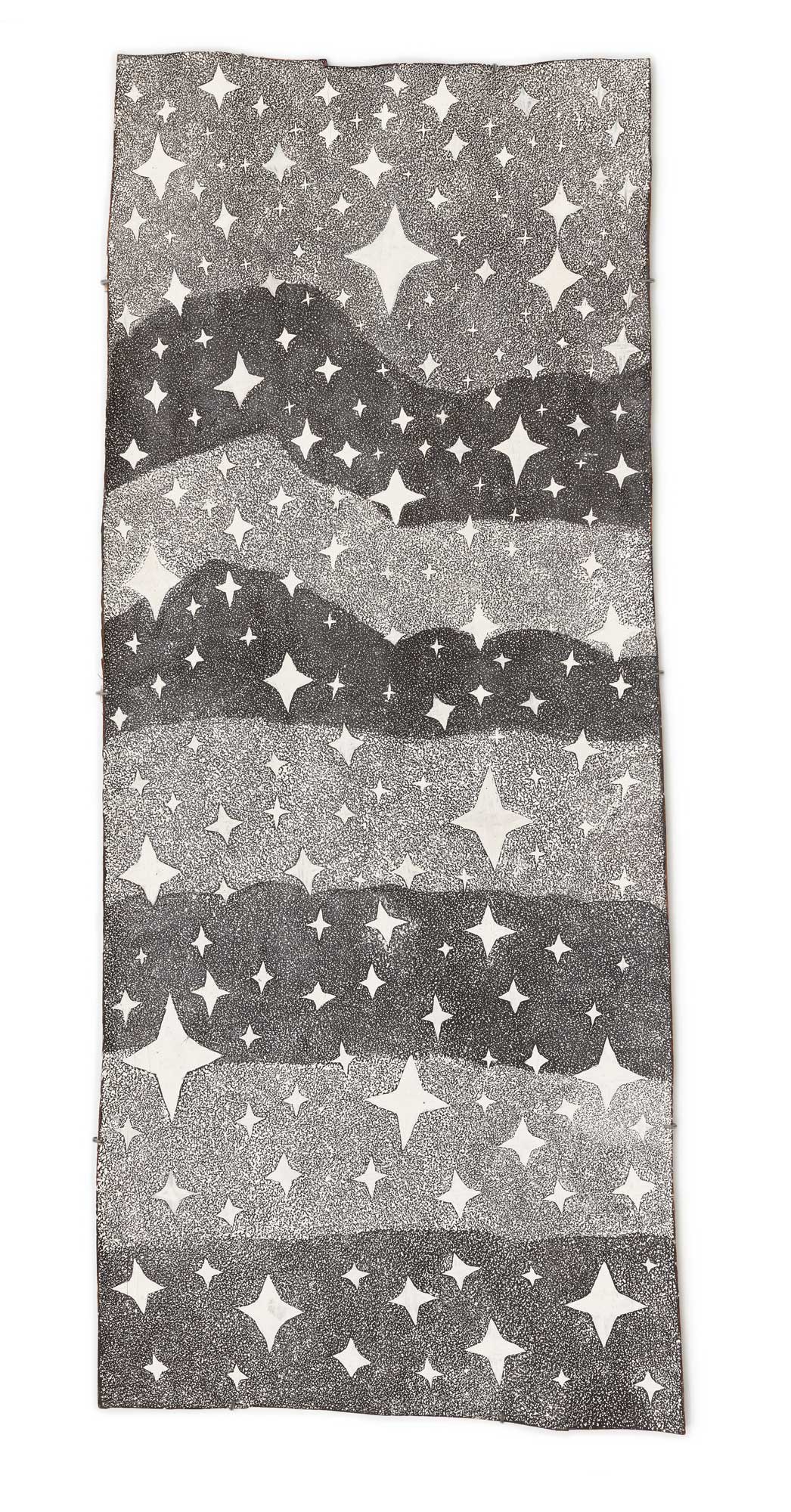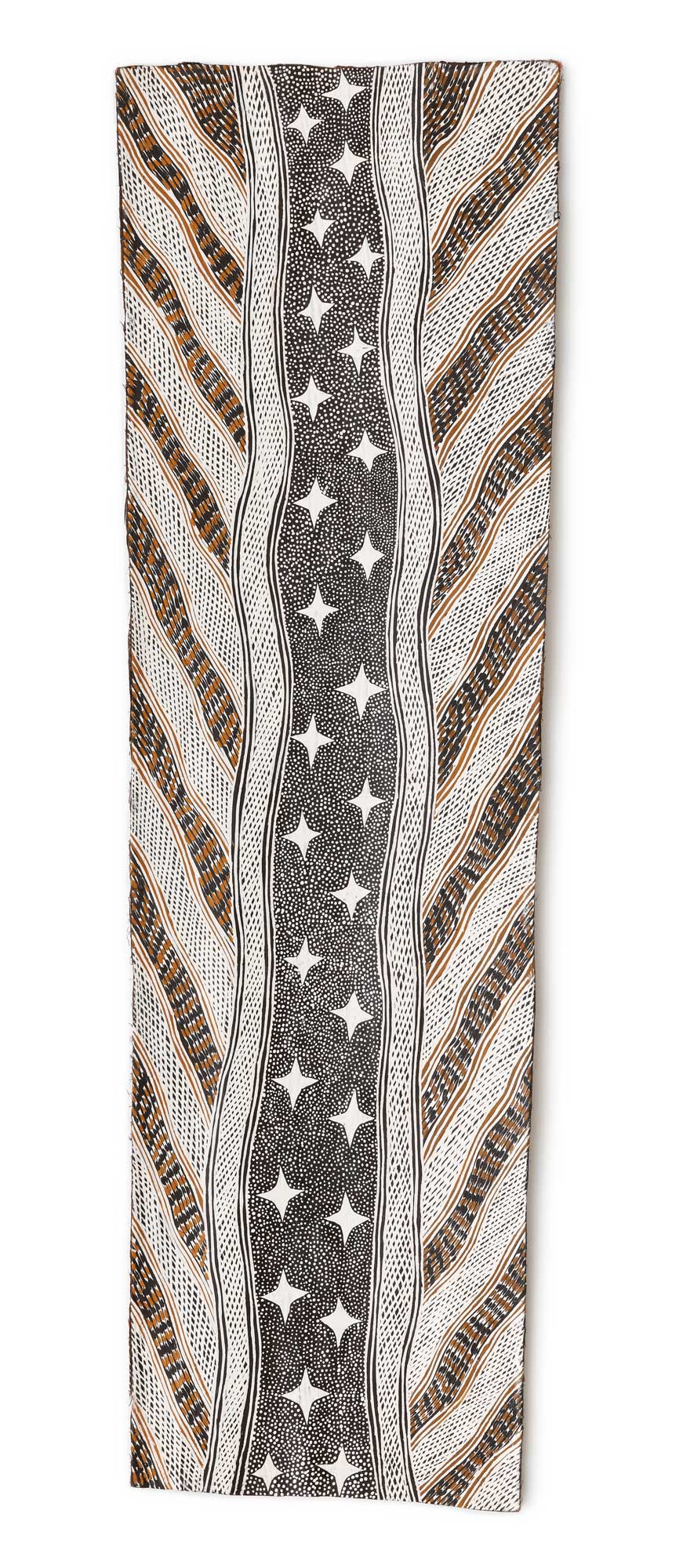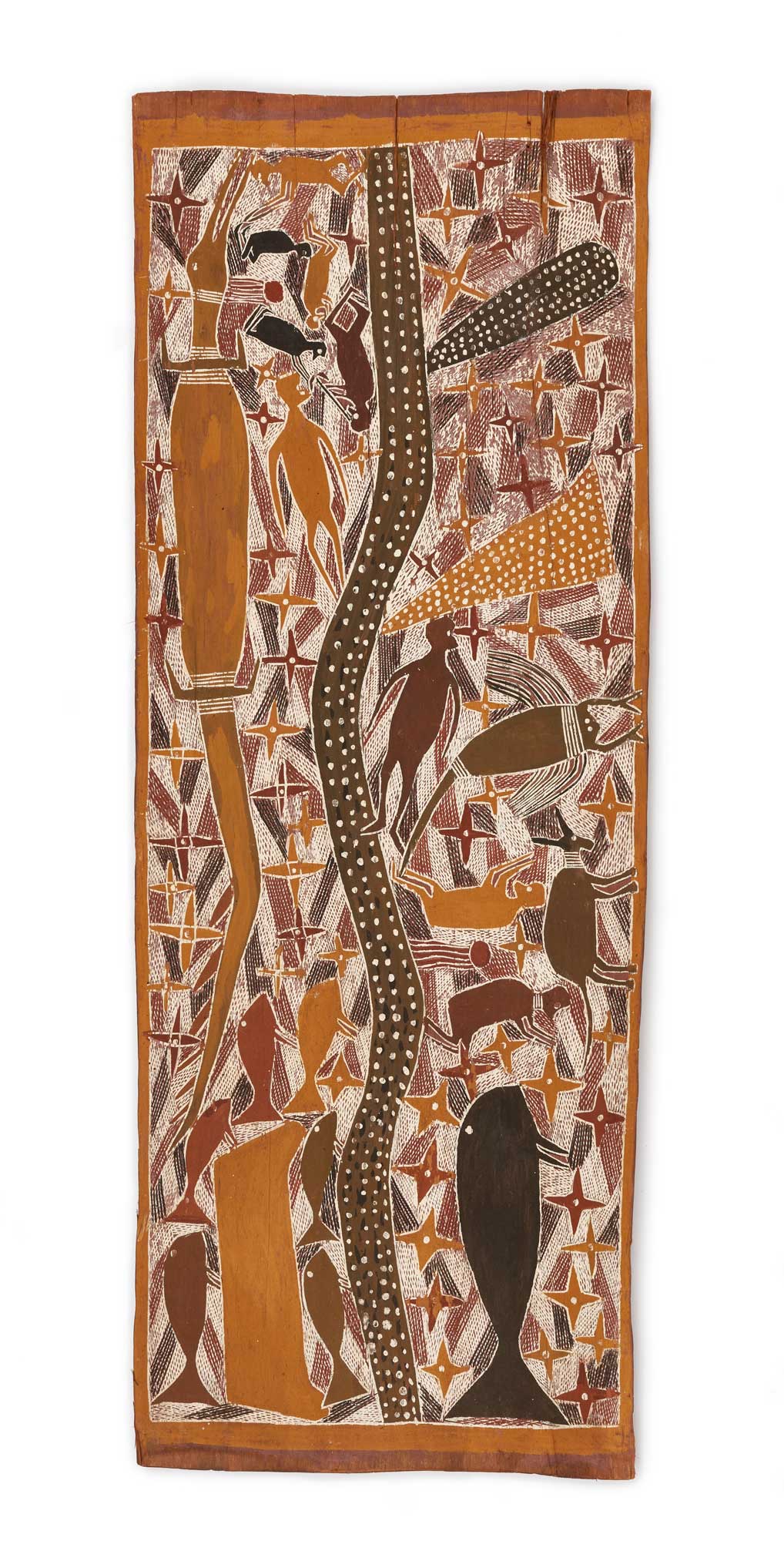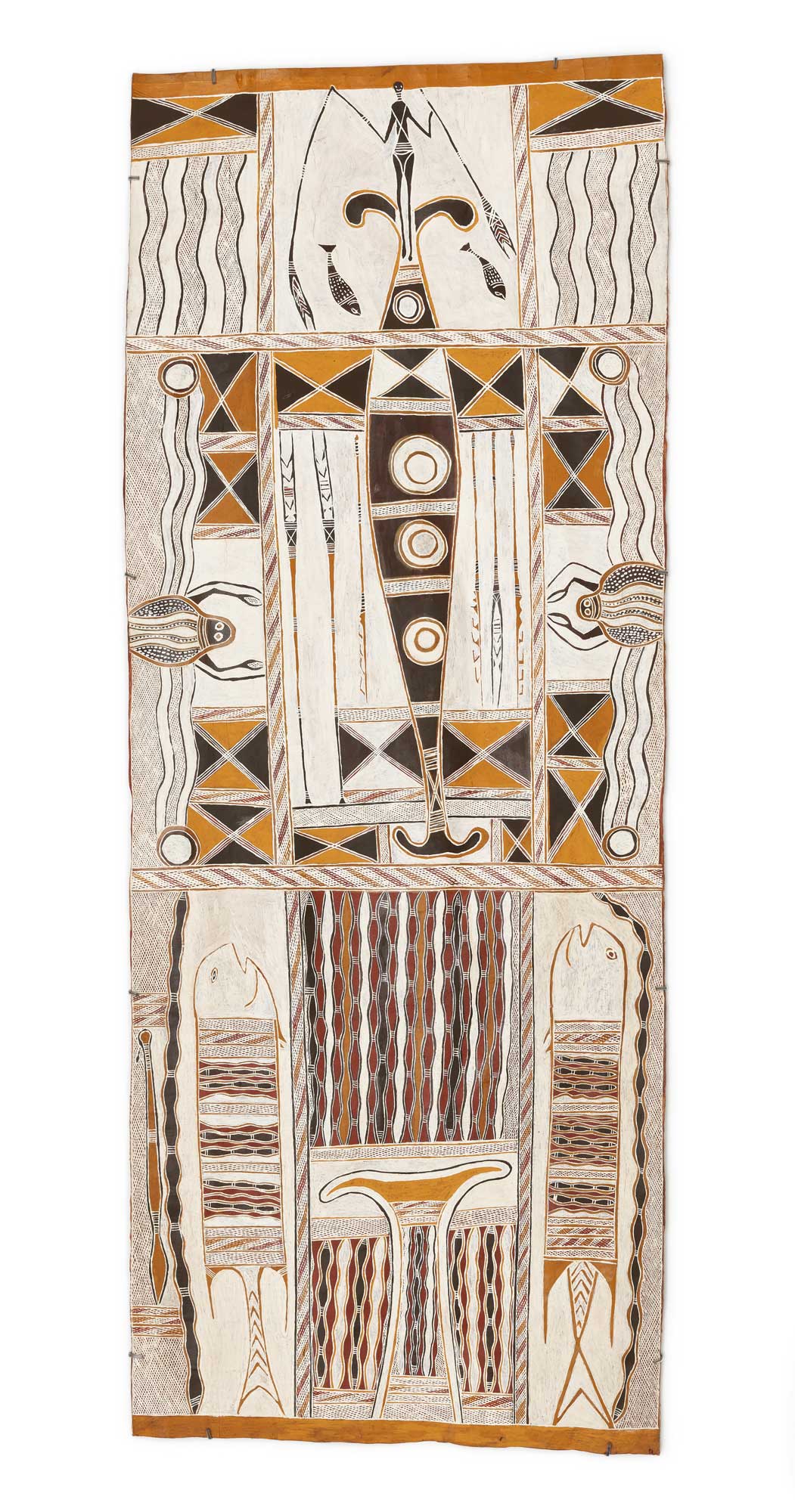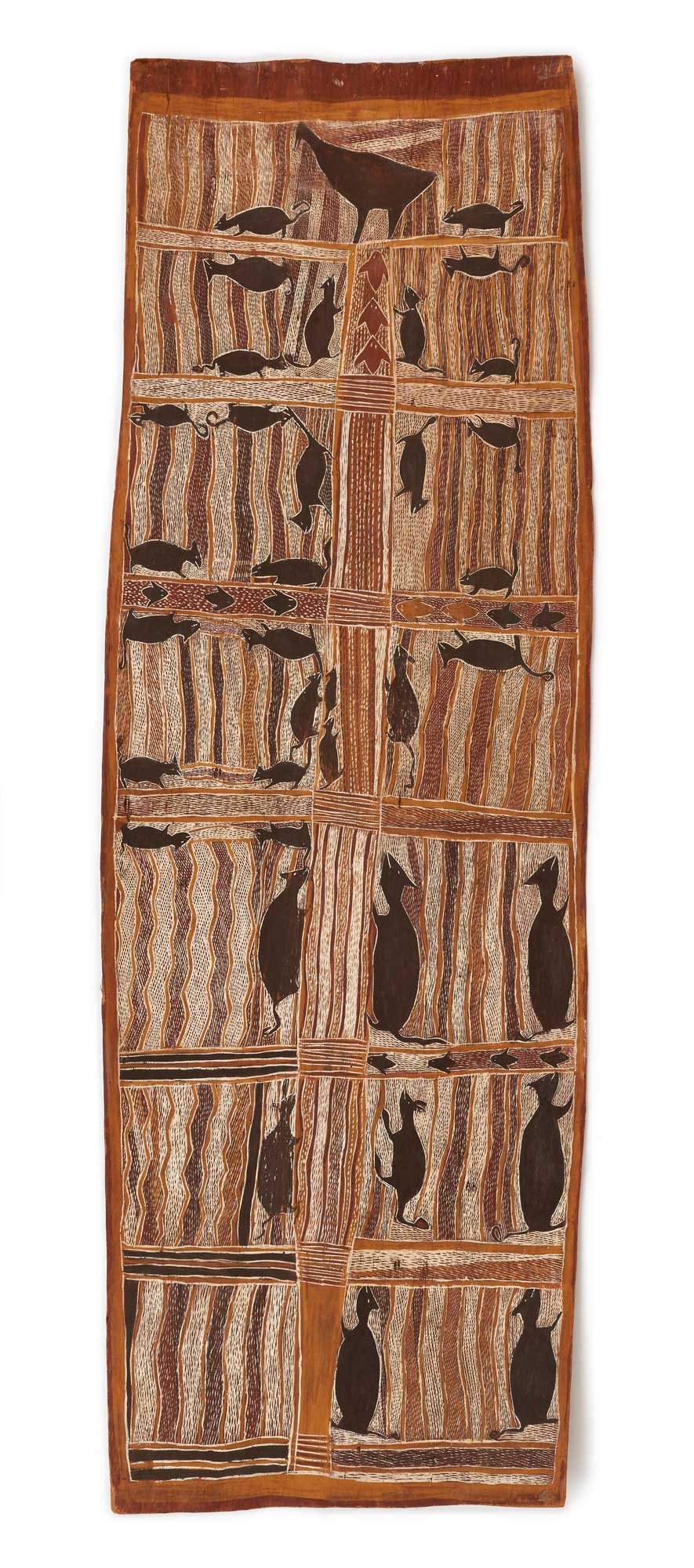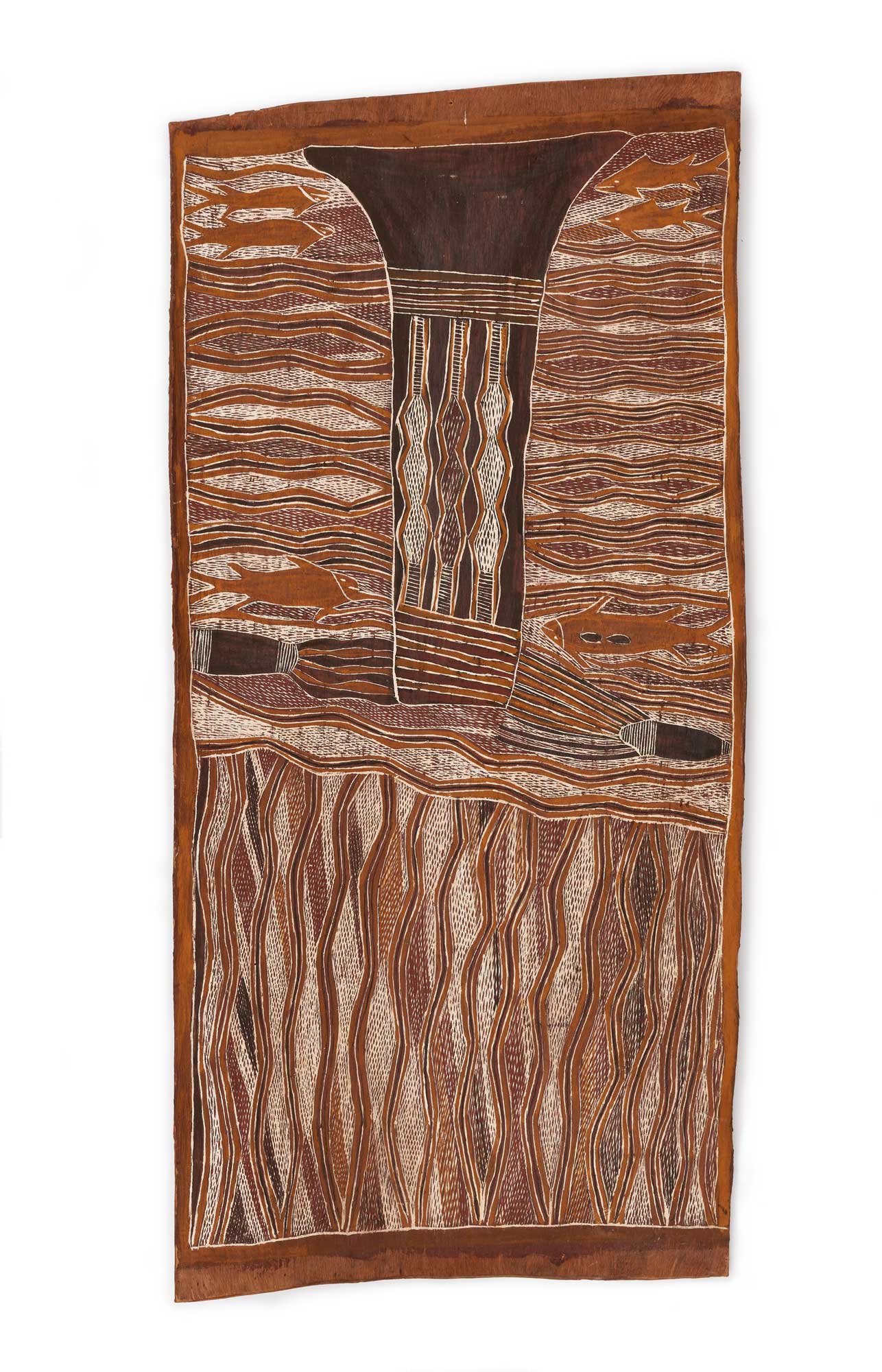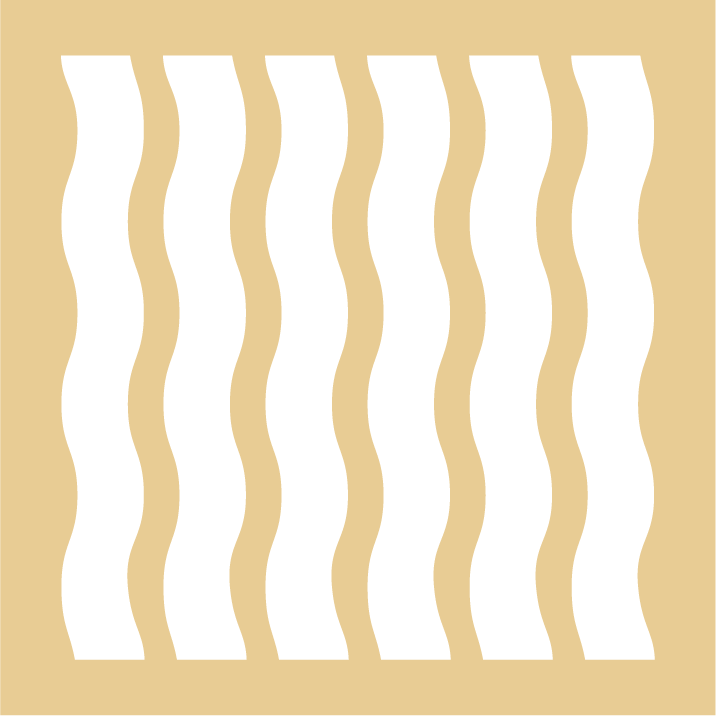
Maŋgalili
The Maŋgalili clan belongs to the Yirritja moiety. Their major spiritual theme revolves around the travels of Guwak (The Eastern Koel).
The Guwak sat on their Marawili (favorite place) casuarina tree and announced their ownership over the land. At each place they stopped to camp, they perched at the top of a ganyawu (native cashew tree). Guwak instructed Marrŋu (the Possum Ancestor) to spin lengths of string from its fur at each location.
Guwak flew to their next stop carrying the string as a guide for other ancestral beings to follow. They ended their journey at Djarrakpi, where they meet Nyapililngu, a group of ancestral women and mother figures of the Yirritja moiety.
When Guwak died, the Nyapililngu made the first yiŋapuŋapu (elliptical sand sculptures made for funerary ceremonies).
Upon their death, Guwak created Milŋuyawuy (the Milky Way), where Maŋgalili spirits return at death and are reborn.
The Maŋgalili clan’s saltwater homeland is at Djarrakpi on the southern shores of Cape Shield and their freshwater homeland is located at Wayawupuy, an inland stretch of the Cato River.
The Maŋgalili clan speaks the Dhuwal language.
Important members of Maŋgalili include Narritjin Maymuru, who led the creation of the Yirrkala Church Panels. Narritjin’s daughter, Galuma, was one of the first female painters of maḏayin. Baluka, Narritjin’s nephew, is the head of the clan and an award-winning artist. This family was key to the production of art in Yirrkala beginning in the 1970s and have won many major awards.
The consulting curators from the Maŋgalili clan for this project were Baluka Maymuru and Naminapu Maymuru-White.
Filter By
- Select a Filter
- Clans
- Songlines
Selection
